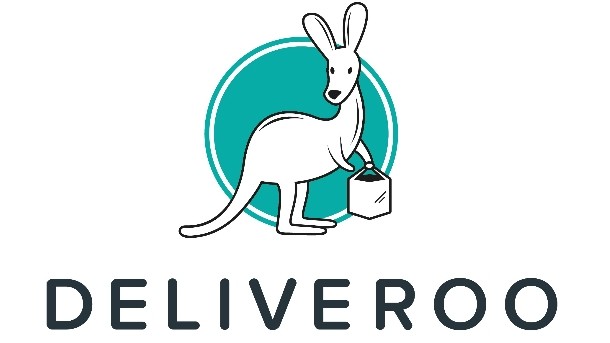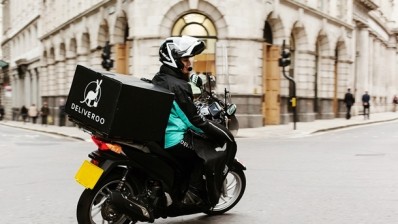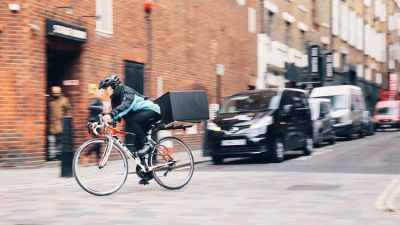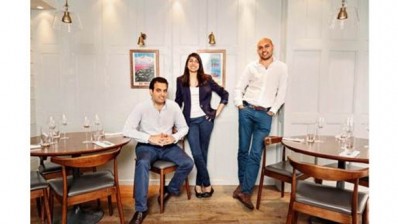Deliveroo's revenue grows by 600% but operating losses quadruple

The on-demand food delivery service's revenue soared 611% from £18.1m to £128.6m but cost of sales, which rose from £19.5m to £127.5m, hit the bottom line as it underwent global expansion and battled competition. Operating losses came in at £141m, compared with £30.2m last time.
The group, which works with more than 25,000 restaurants in more than 120 cities across 12 countries, said in its strategic report posted at Companies House that it had been investing heavily in its technology team.
Capital-raising activities during the year raised £208.6m to put it in a strong cash position to enable future expansion, the strategic report said.
Will Shu, Deliveroo’s co-founder and chief executive, on behalf of the board, said the group expected “significant” further growth in sales form current and prospective customers in all markets.
It was making further improvements to its online presence, expanding its distribution networks, and investing in “large-scale high-impact” marketing campaigns.
Shu acknowledged the new competitors entering the market and increased activity from existing competitors posed “risks and uncertainties”.
However, he said the group continued to ensure it offered the best customer proposition, “driving lower prices for customers and generating higher demand for restaurant partners”.
It acknowledged that the risk of insufficient cash availability could inhibit execution of its strategy but the directors considered the group to be a going concern because of “considerable available cash holdings” believed to be adequate “to continue in operational existence for the foreseeable future.”
Shu, a former investment banker, started the business four years ago. Deliveroo includes a wide range of eateries in its network but excludes what it calls “low-quality takeaway restaurants”.

































